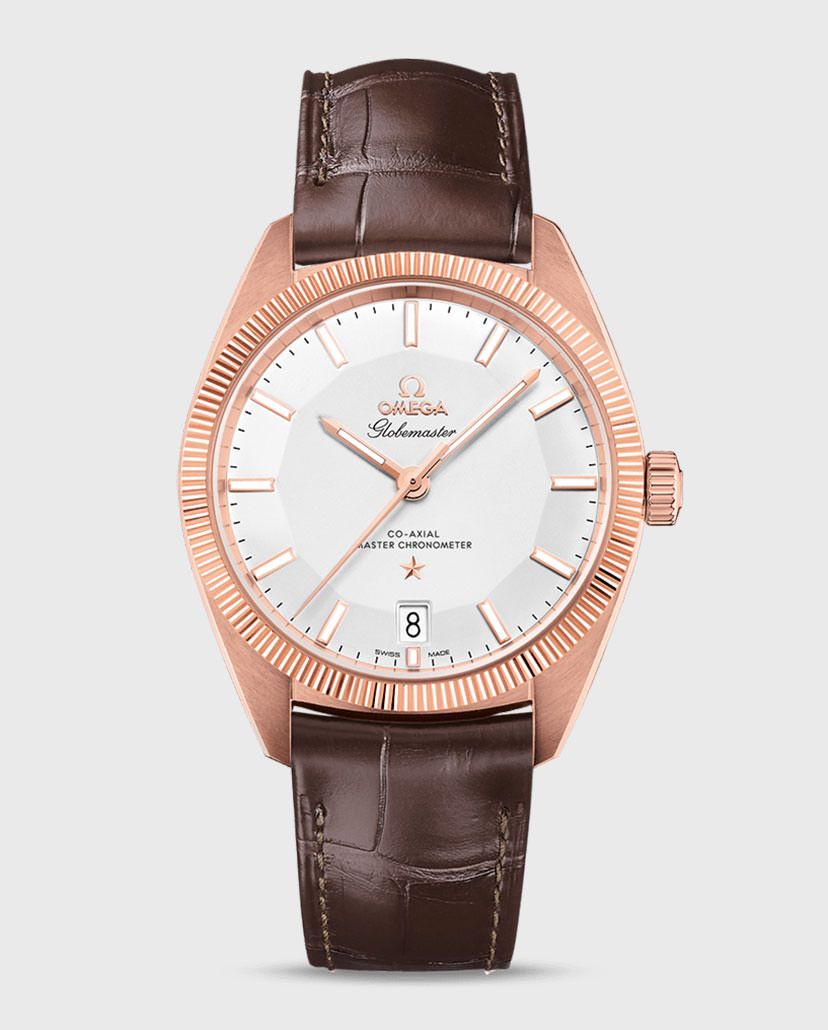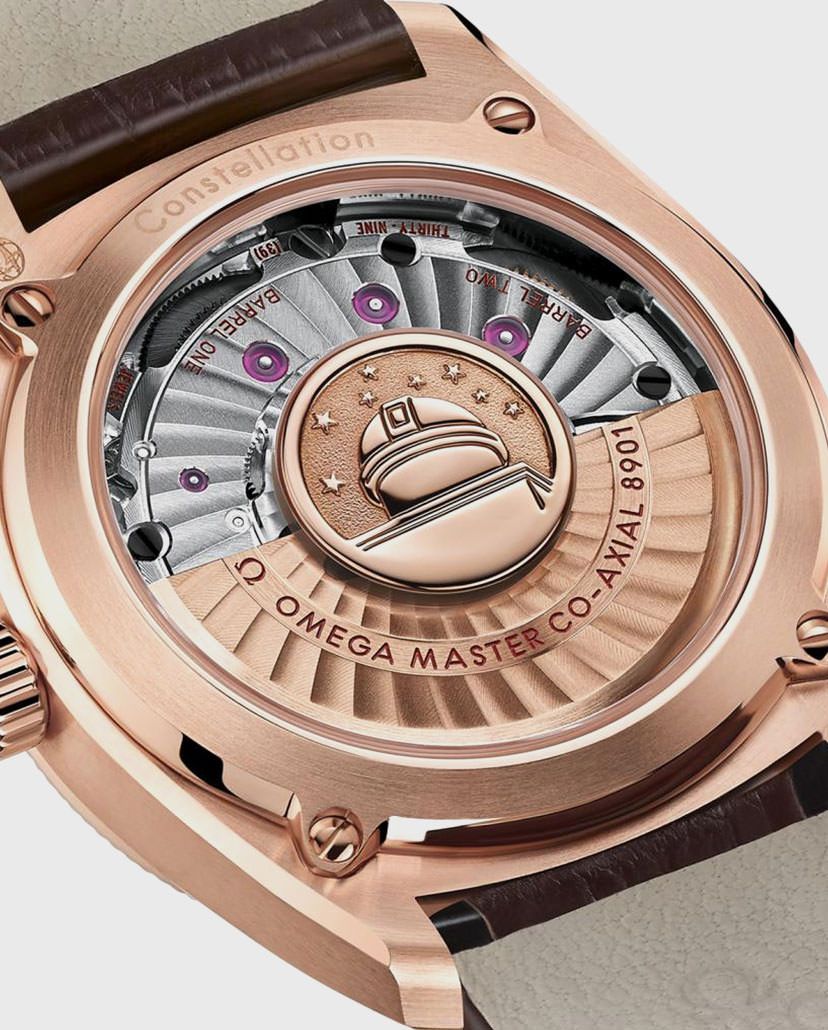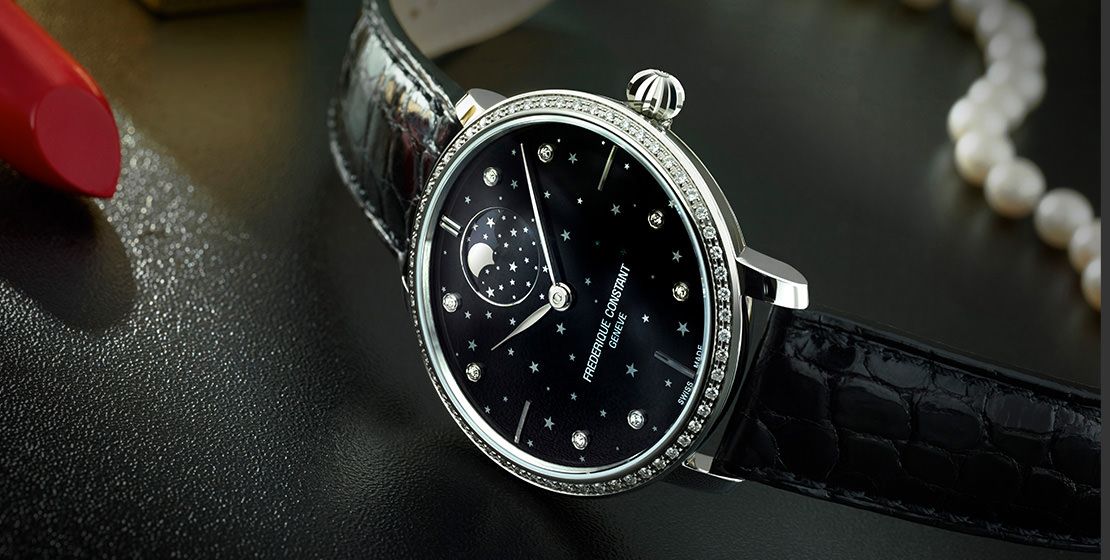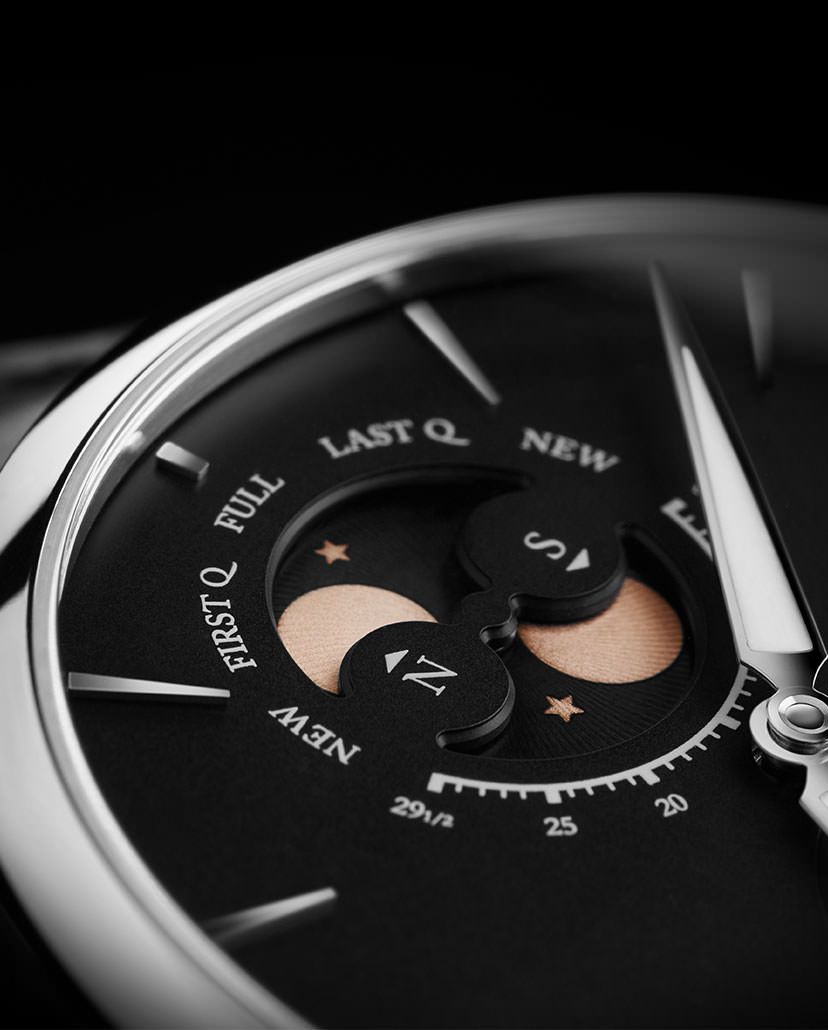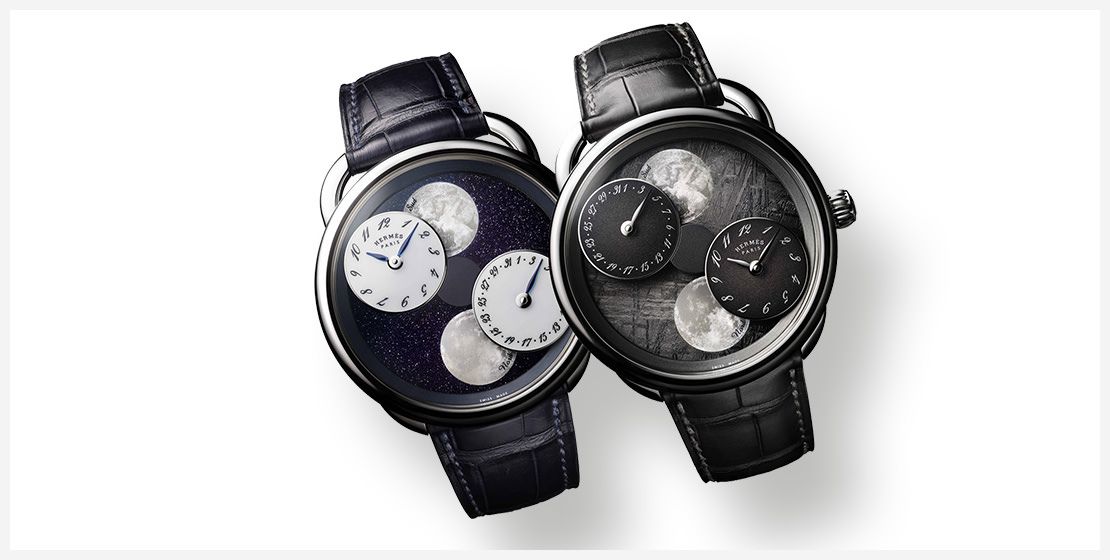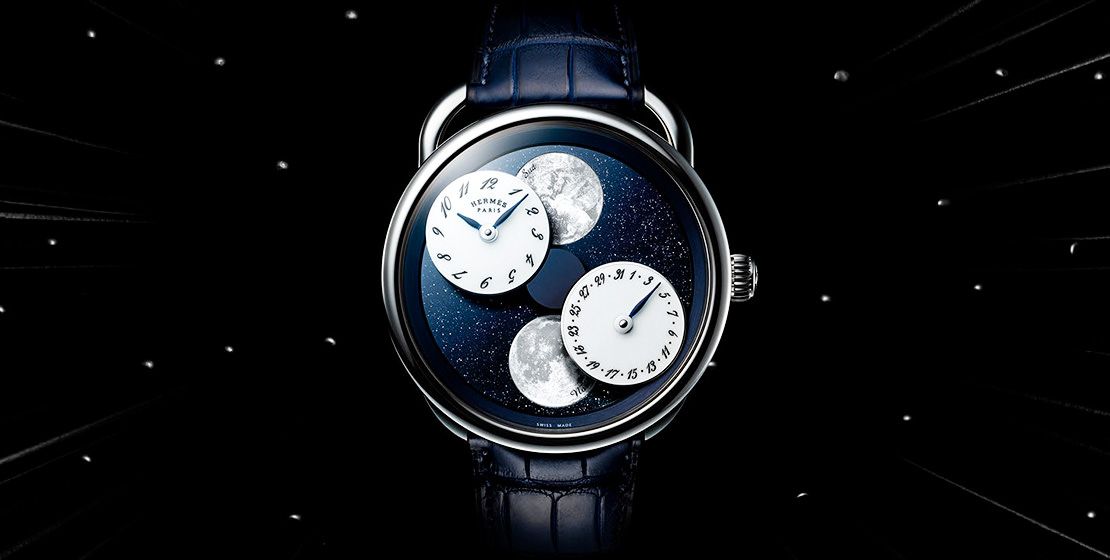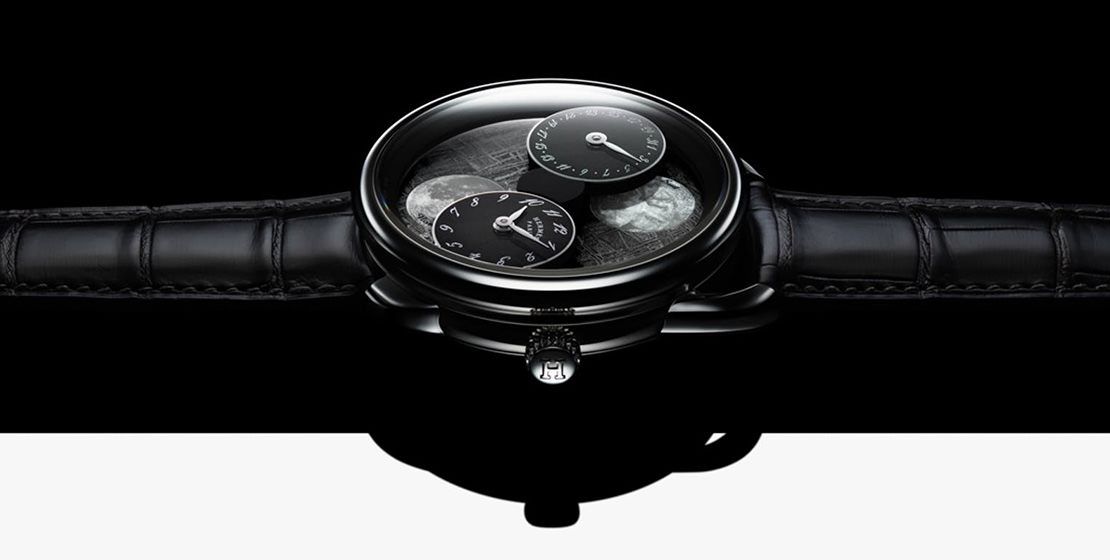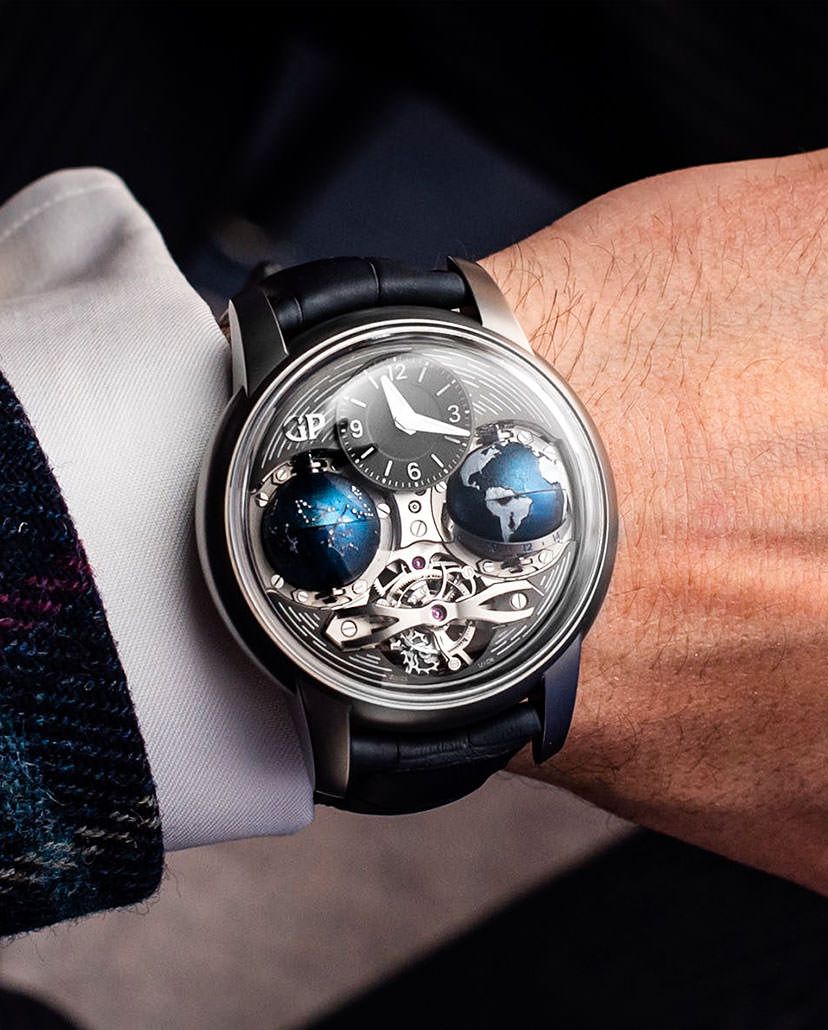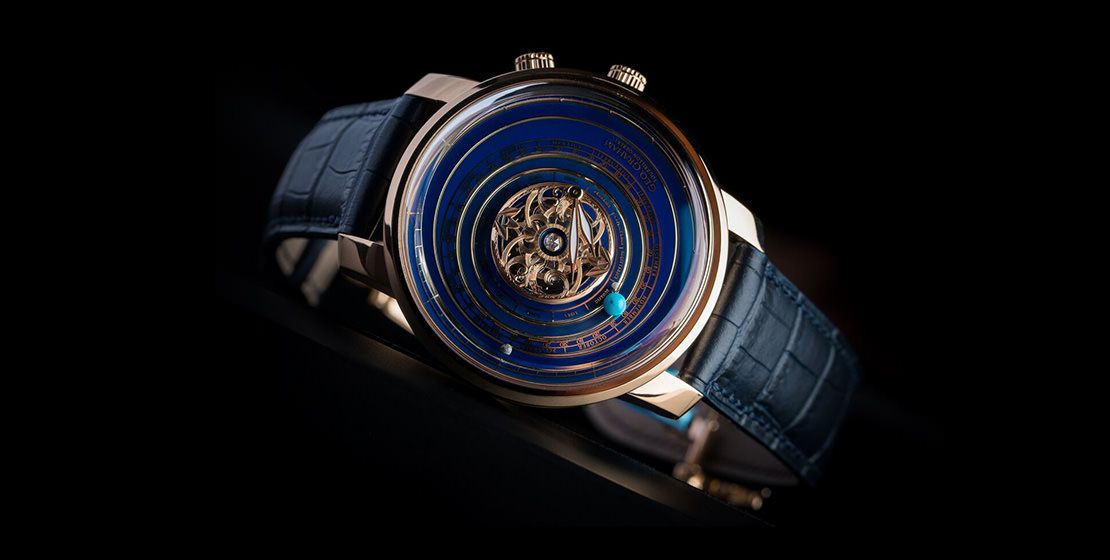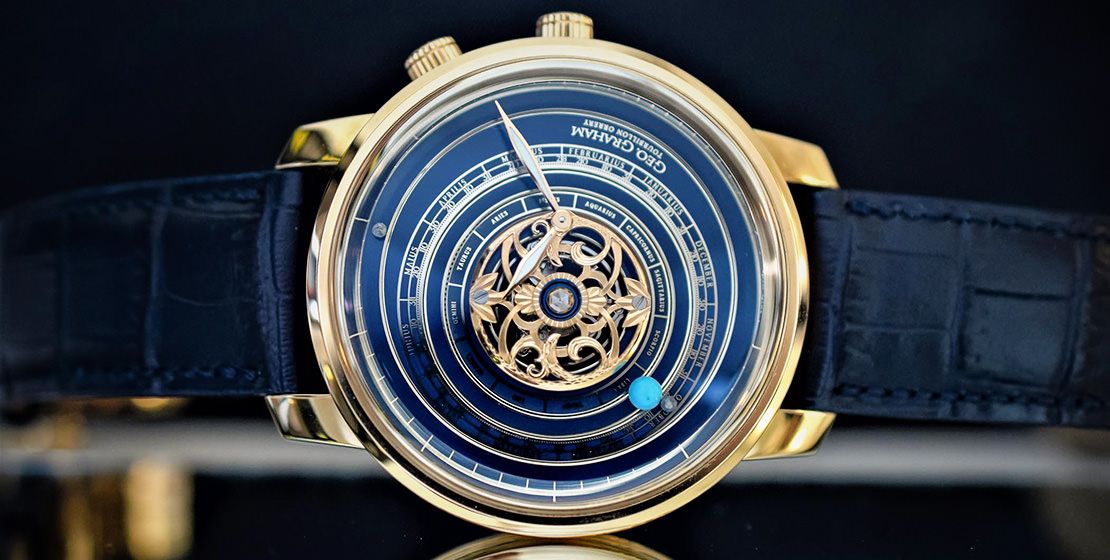FeatureThe Galaxy On Your Wrist: A Look At A Few Fascinating Astronomy-Inspired Watches
If you harbour a love for both astronomy and horology, let time and space collide in the form of these exquisite timepieces inspired by the expanses of outer space, the heavenly bodies, and even by their impact on timekeeping itself
May We Recommend
Ever since humankind could walk upright and gaze at the night sky, the cosmos has fascinated us. Astronomy is considered one of the oldest natural sciences, with the stars in our galaxy and beyond becoming a driving force in our pursuit of knowledge. These millions of specks of light and their movement were associated with all kinds of natural phenomena and also became a part of myth and lore. Even today, as we deepen our understanding of the universe, astrologers and believers say that we can chart our destinies and interpret the future with the help of the motion of planets and how they align with the stars. We are, after all, made of stardust!
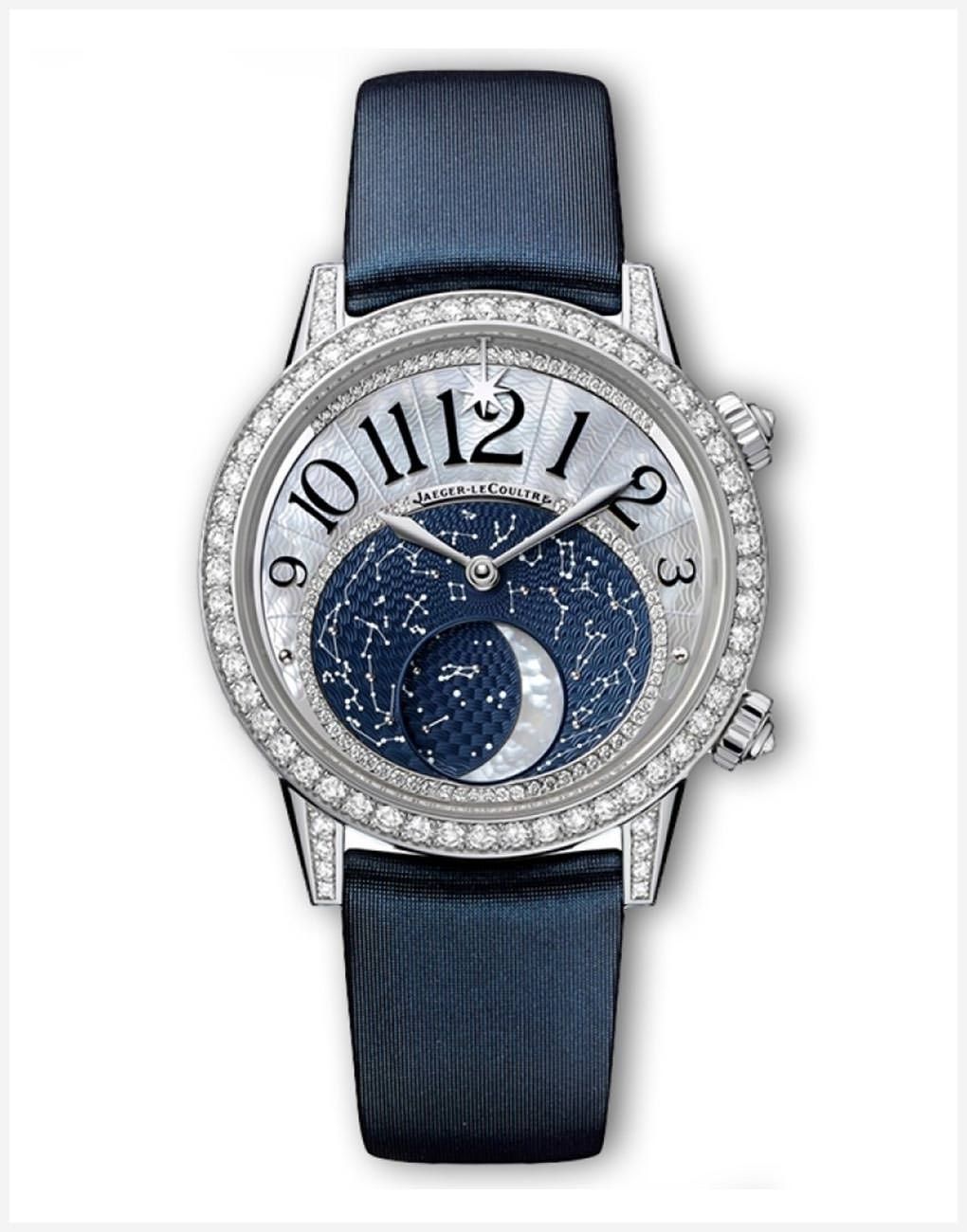
Since time immemorial, we have been looking heavenwards to keep track of time. The inextricable link between the movement of heavenly bodies and our understanding of time is undeniable—the location of the sun gives us the time of day, the phases of the moon give us the month, and the year is calculated when our planet makes one revolution around our parent star. It makes sense then that time and space would connect in the form of some stunning astronomy-inspired timepieces. And we can thank our lucky stars that we don’t have to visit ‘a galaxy far, far away’ to get our hands on these astronomy-inspired watches that will set your heart racing.
Keeping Things Simple: Astronomical Precision
If you’re not into overtly complicated watches, and want a simple timekeeping tool that reminds you to keep your gaze upwards at the stars, the Omega Constellation Globemaster should fit your sensibilities perfectly. One of the brand’s oldest collections, several Constellation watches feature a small star on the dial, along with a breath-taking caseback, which has a medallion featuring an engraving of the Observatory of Geneva, Switzerland—crowned by a constellation of eight stars. This Observatory has been extremely active in the surveillance of the cosmos and the discovery of exoplanets. The engraving has been included to remind one of the accuracy of the Omega Constellation timepieces, which have received a chronometer certification from the Observatory. Powered by the brand’s Co-Axial Master Chronometer Calibre 8901, featuring anti-magnetic technology, this 39mm watch gives the wearer an impressive power reserve of 60 hours.
Starting Closer Home: Reaching For The Moon
The nearest celestial object to the Earth is the moon, our permanent natural satellite. Associated with paganism and mystery, the moon and its many faces have always intrigued us. Charting the phases of the moon may not be an absolutely essential timekeeping task, but it connects us with nature, and also perhaps with our ancestors who navigated by the stars while making use of moonlight. Though some horologists might feel that a moon phase indicator is a superfluous complication, we feel that it is the perfect homage to Earth’s little companion.
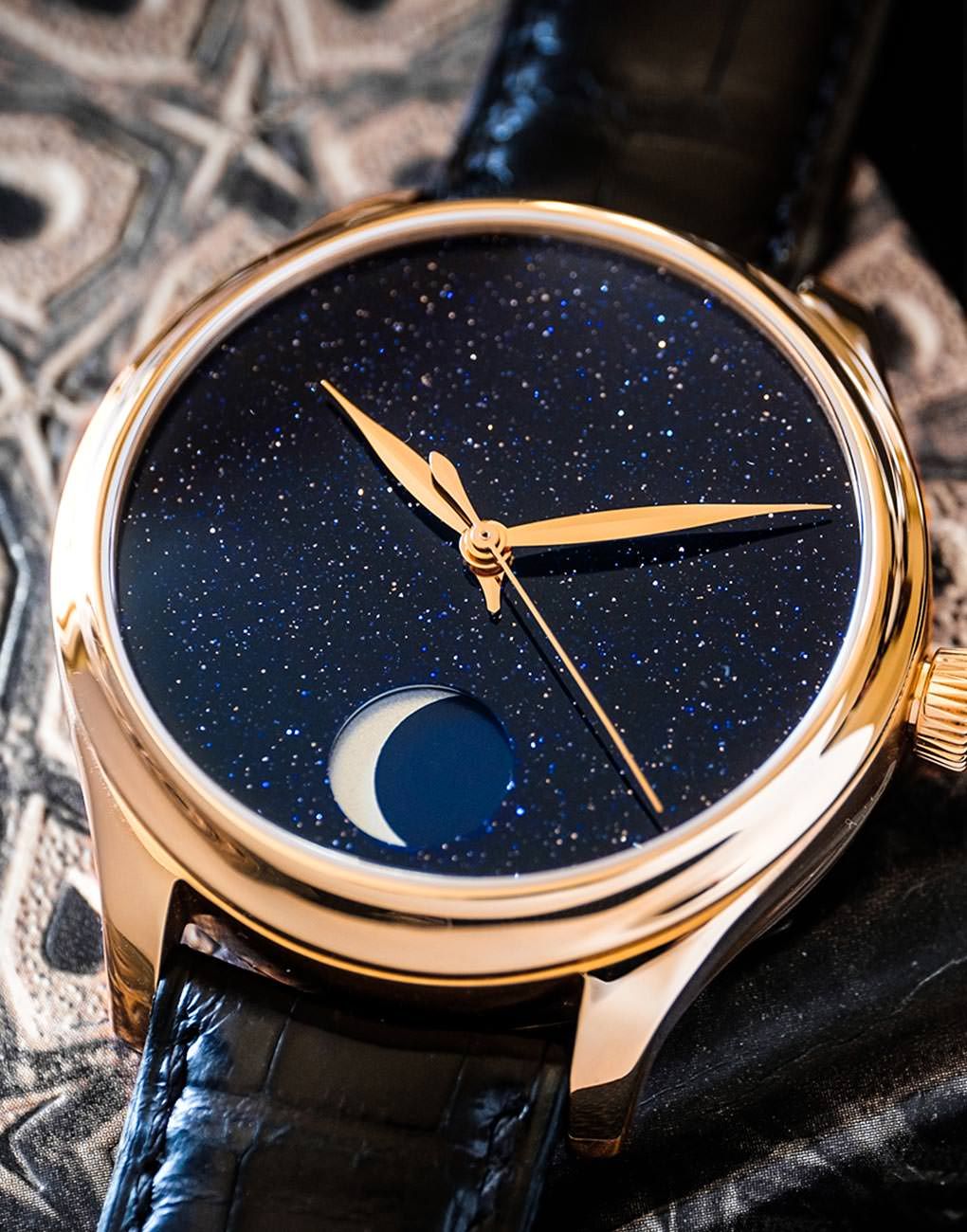
One of the cleanest and most minimal examples of the moon phase watch is the H. Moser & Cie. Perpetual Moon Concept. On a deep blue, star-speckled dial sits the moon phase indicator at six o’clock—reminiscent of the night-time sky—and nothing else. Achieving this ethereal effect are the sparkling cobalt or manganese particles that are added in the manufacturing process of the aventurine glass with which the dial has been crafted. The 42mm red gold case, whose colour matches that of the hands, is a hint of luxury on the otherwise Spartan design schemata. Standard moon phase watches will be off by one day every two and half years or so. However, so precise and intricate is the HMC Manufacture hand-wound calibre ticking inside this Moser masterpiece that it needs adjustment only every 1,027 years!
Fans of minimalism and moon phases should also consider Frederique Constant’s interpretation of the complication in the form of the Slimline Moonphase Stars Manufacture. A dark blue or black dial sports many stars depicted as we drew them when we were children—adding a whimsical touch to an otherwise elegant and feminine timepiece. The moon phase indicator at 12 o’clock is the watch’s highlight, with the moon peeking out from behind a cloud-like swirl of stars. Diamonds have been set in the bezel and also serve as hour markers on a watch face that truly has us over the moon.
The Parmigiani Tonda 1950 Lune is a contemporary-looking moon phase watch. A simple black dial has the moon phase indicator at 12 o’clock, which shows what the moon looks like from the Northern as well as the Southern Hemispheres. There is a retrograde date indicator at six o’clock, which is neatly housed within the small seconds sub-dial. The PF708 automatic calibre, beating at 21,600vph, gives the wearer a power reserve of 48 hours.

Another variant of the watch that was the recipient of the prestigious Red Dot Design Award and the iF Design Award, the MeisterSinger Lunascope will shine brightly in anyone’s timepiece collection. The moon phase display here is quite large—a spectacularly realistic depiction of the moon sits amid stars set on an arresting blue backdrop. The Lunascope also wins in terms of accuracy; it needs adjustment only after 128 years. This is thanks to the precise ETA 2836-2 calibre, which comes with a moon phase module. The movement can be appreciated through the sapphire crystal caseback.
You can read more about moon phase watches here
To read more about other noteworthy winners at the the Grand Prix d’Horlogerie de Genève (GPHG), click here
Aesthetically Out Of This World: Taking Timekeeping To Another Dimension
Sure, moon phase watches are splendid, but if you want to wow someone on a truly galactic scale, you have to go bigger. And it doesn’t get bigger than Girard-Perregaux’s Bridges Cosmos. Launched at SIHH 2019, this watch is a technical marvel. Two globes, at three and nine o’clock, face off against each other on the dial—on the right, a representation of our blue world, and on the left, a depiction of the night sky with some highlighted constellations, which are luminescent in the dark. A 24-hour scale at the equator of the globe displays world time. At 12 o’clock, one can view the time and at six o’clock is the tourbillon. This uniquely symmetrical behemoth is powered by Girard-Perregaux’s in-house calibre GP09320-1098, which is a manually-wound movement. This envisioning of the theme of ‘Earth to sky’ is perhaps a small reminder that we are but a small piece of the universal puzzle.
When we speak of watches that are out of this world, Graham’s Geo.Graham Orerry Tourbillon deserves more than just a mention. Interestingly, the term ‘Orerry’ originates from the fact that the fourth Earl of Orerry, Charles Boyle, received the first working model of the solar system. Launched in 2017, this magnificent watch has the Earth, in the form of a globe of turquoise (pale blue dot, anyone?), and the moon and Mars, which are both represented by pieces of meteorites that have fallen onto the surface of the Earth in the 2000s. The sun is the gold tourbillon bridge in the middle of the dial, beautifully engraved and fantastically intricate, with a diamond at its centre. The caseback is not only clear, it also has a 100-year scale, with the current year highlighted in blue. And finally, the off-centred hands indicated the time. Additional functions include the Gregorian calendar, the Zodiac calendar and months.
Now, this watch is for those who truly believe that time is nothing but an illusion, and all things of import are occurring at not a global, but a galactic scale. Here, I’m talking about the glorious Midnight Planétarium by Van Cleef & Arpels. Part of the Poetic Complications collection, the Midnight Planétarium is set in a 44mm case crafted from rose gold. And this watch spectacularly, and indeed poetically, shows our own solar system in motion. The dial of this stunning watch is made of aventurine rings, with tiny semi-precious stones representing five planets—Mercury, Venus, Earth, Mars, Jupiter and Saturn. The central sphere, which is made of solid gold, depicts the sun. A pink shooting star indicates the hour. Near the bezel, one can see the month and date, which can be changed with the help of pushers. Here is where the inner mechanics of the Midnight Planétarium will blow you away. When you set a particular date, the planets move on the dial in accordance to where they were or would be at that time. This is achieved through a self-winding mechanical calibre, with the planetarium module, which was designed with the help of Christiaan Van der Klaauw Astronomical Watches. And to top it all off, the watch has a case size of 44mm and a thickness of only 13mm! A more glorious and intricate representation of our little nook of the Milky Way you would not be able to find!
If unconventional watches seem right up your alley, you can read more about them here
In the 1960s, Neil Armstrong’s historic ‘small step for a man’ captured the hearts and minds of the entire world, spawning decades of films, literature and music about space—the final frontier. Now, with global discussions on space tourism, exploration, asteroid mining and colonisation of other planets, we are once again enthralled by the unlimited prospects of that infinite playground we call the cosmos. Space has once again captured the imagination of a species looking beyond terrestrial boundaries. As humanity shoots for the stars, it is the perfect time for an aficionado to add an astronomically inclined watch to their collection. In the words of the brilliant Carl Sagan, ‘Somewhere, something incredible is waiting to be known’. And what better way is there to wait for the ‘giant leaps’ humankind is about to make than strapping on an astronomy-inspired timepiece to your wrist!


